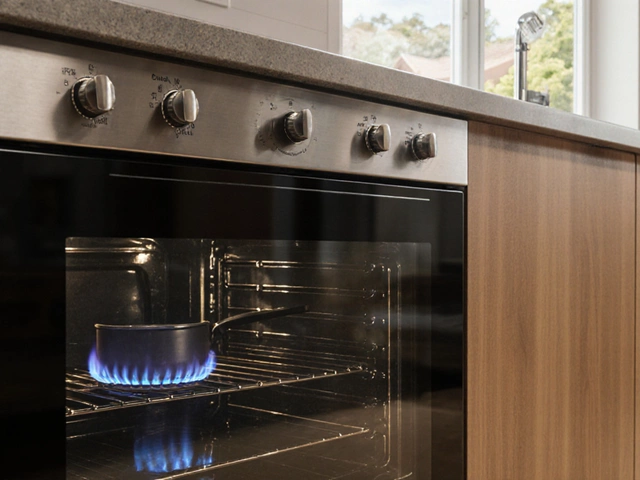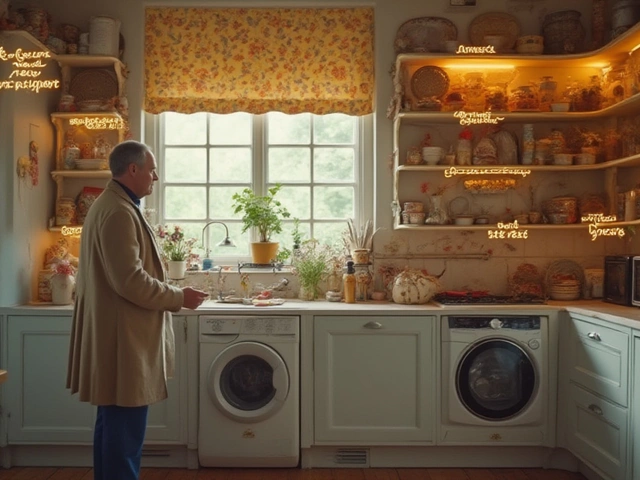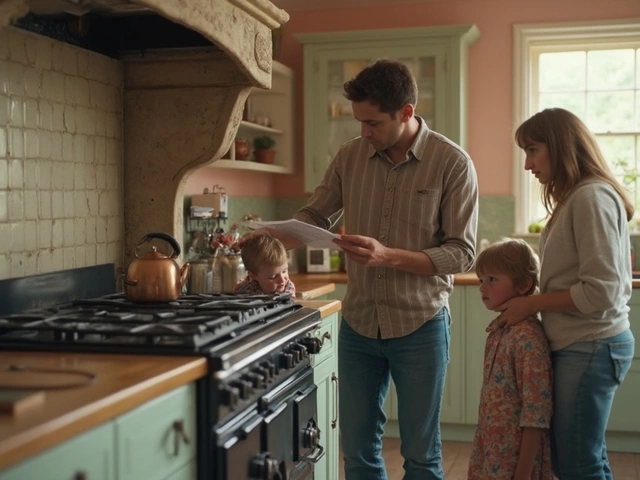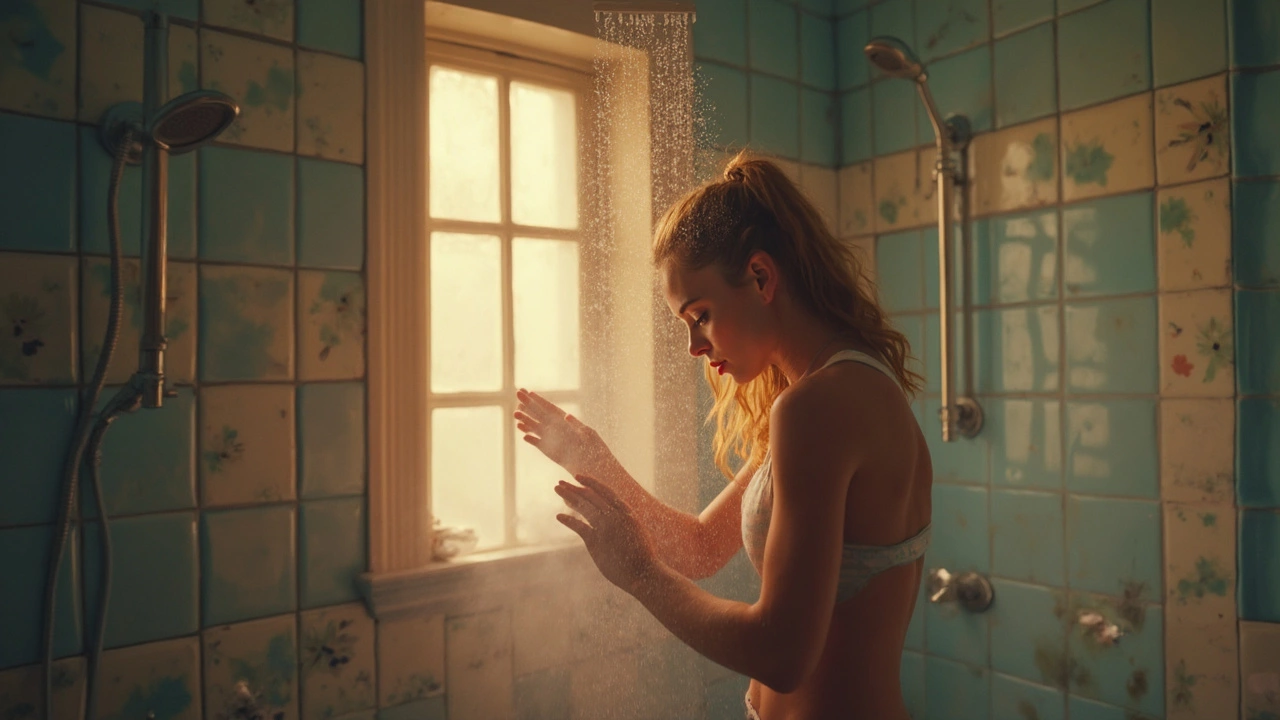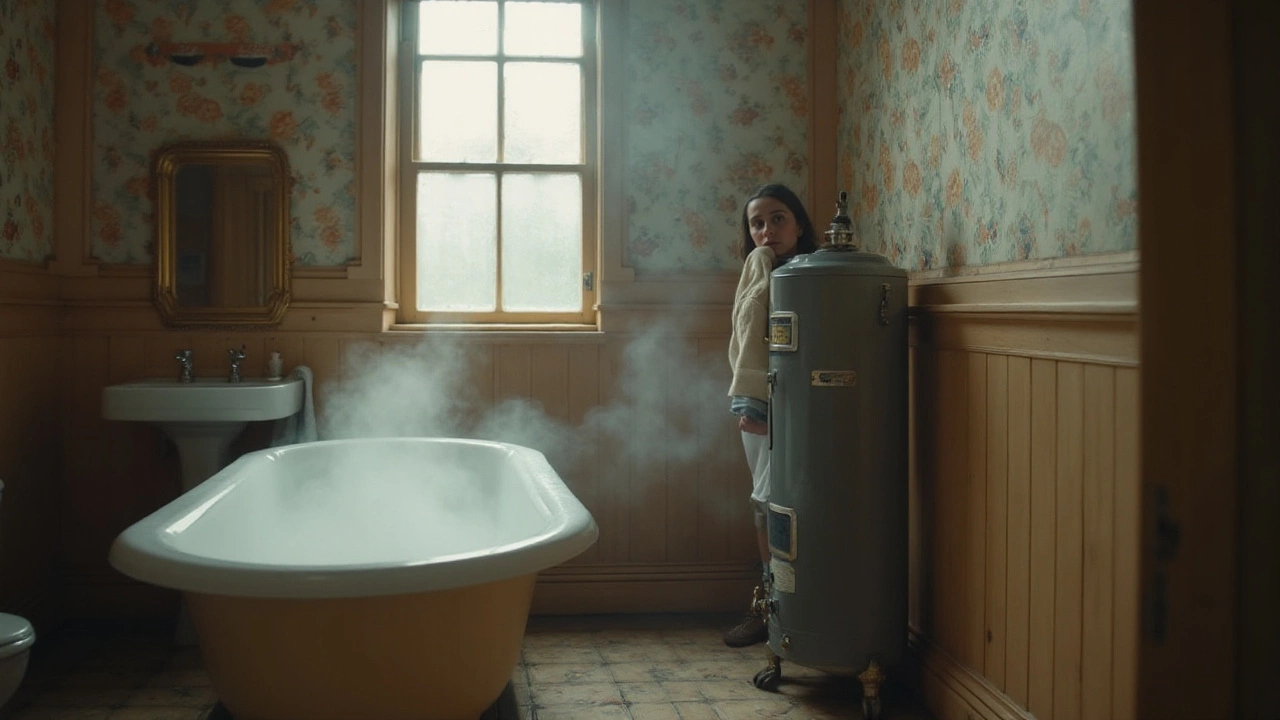Hot Water Issues – What’s Going Wrong and How to Fix It
If you’ve ever stepped into a cold shower when you expected steam, you know how annoying hot water problems can be. The good news? Most issues are easy to spot and often cheap to fix. Below we break down the most common culprits, what signs to watch for, and the fastest ways to get the heat back.
Why Your Hot Water Stops
First, understand the two main sources of hot water in a typical UK home: a boiler (often part of a central‑heating system) and a dedicated water heater or tank. Both rely on a few key parts – a thermostat, a heating element or gas burner, and a circulation pump. If any of these fail, you lose hot water.
Common signs include:
- Cold showers from the start or only part of the house gets hot water.
- Flickering or noisy boiler when you turn on the tap.
- Water that’s warm at first but turns cold after a few minutes.
- Odd smells or rust-colored water.
These clues point to things like a broken thermostat, a blocked heat exchanger, a failing pump, or sediment buildup in a tank. In many cases, a quick flush or a reset button can solve the problem.
How to Fix Common Hot Water Problems
1. Reset the boiler. Most modern boilers have a reset switch on the front panel. Turn the boiler off, wait a minute, then press reset. This clears minor electronic glitches that can cut off hot water.
2. Check the thermostat settings. If the thermostat is set too low, the boiler won’t fire up enough to heat water. Raise the temperature to 55–60 °C (130–140 °F) for a comfortable shower.
3. Flush the water heater. Over time, minerals from hard water settle at the bottom of a tank, reducing efficiency. Connect a garden hose to the drain valve, let the water run until it’s clear, then refill.
4. Inspect the pressure valve. Low pressure can stop a boiler from heating water. The pressure gauge on the boiler should read around 1.0–1.5 bar when cold. If it’s below, add water using the filling loop until the gauge is in range.
5. Look for leaks or rust. A tiny leak in a pipe or heat exchanger can drop pressure and cause cold water. Tighten loose fittings and replace any corroded parts you can see.
If none of these steps work, it’s time to call a professional. Trying to fix a gas‑burner or a complex boiler internals without training can be dangerous.
Regular maintenance prevents most hot water crises. Schedule an annual boiler service, clean your water heater’s anode rod, and consider a water softener if you have hard water. A small investment now saves you from cold showers later.
Got a specific issue you’re stuck on? Check out our detailed guides on water heater maintenance, boiler lifespan, and what to do when you only get cold water. They walk you through step‑by‑step fixes and tell you exactly when to pick up the phone.
Hot water problems are frustrating, but with a bit of know‑how you can often sort them out yourself. Keep these tips handy, stay safe, and enjoy a warm shower tomorrow.
